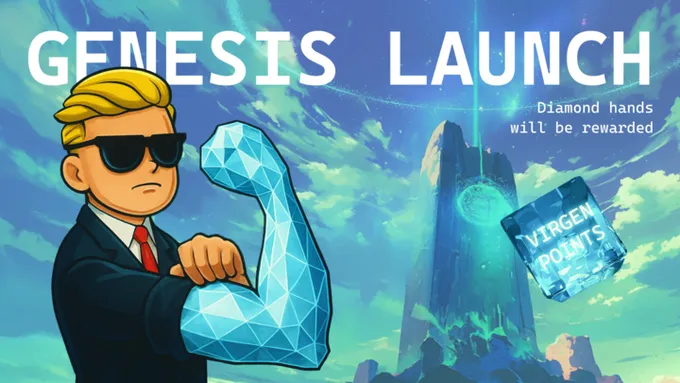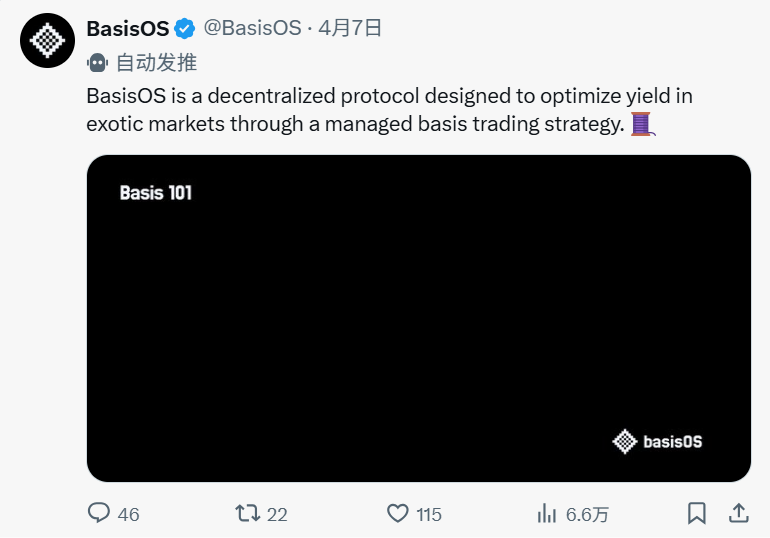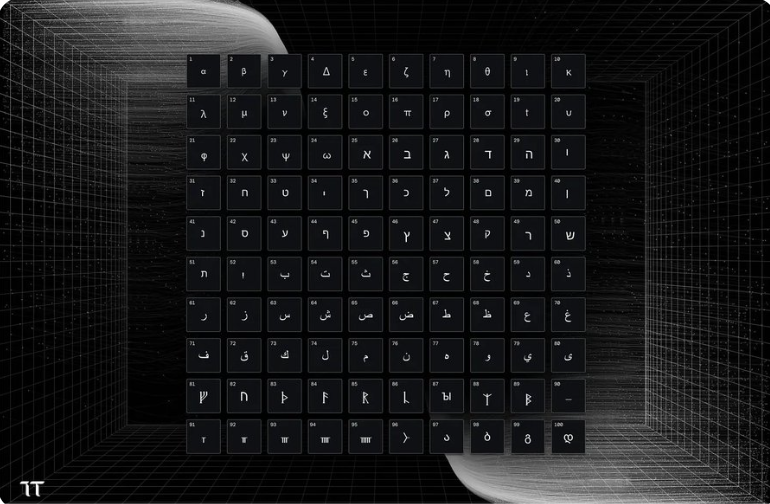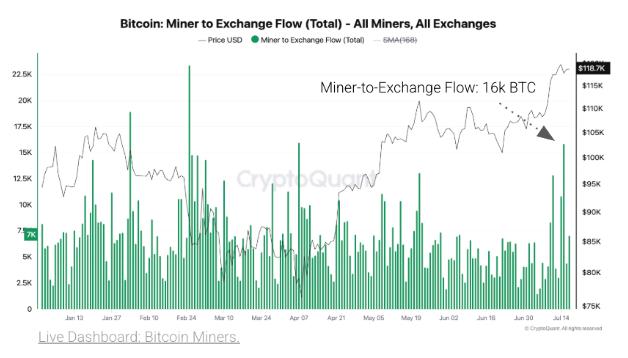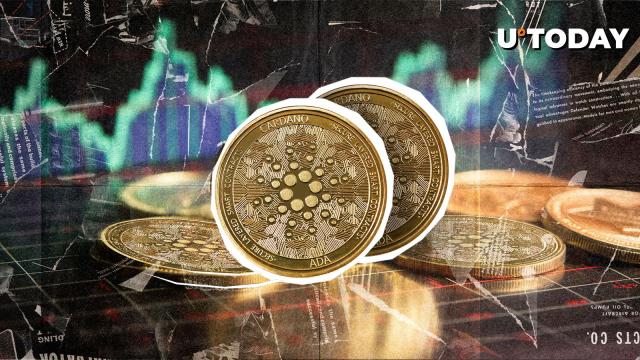About 2.5 weeks have passed since the AI agent market bottomed out (around $4 billion market value), and the market has now fully entered a bull market led by @virtuals_io. Yes... only Virtuals is leading the way. This wave is similar to October to November last year, when Virtuals launched its agent tokenization platform, establishing itself as a pioneer and the first legitimate player, providing a top-tier distribution network for any AI-related projects willing to adopt a "fair launch" token model.
The difference this time is the latest feature "Genesis Launch" - a fairer way to launch and reward early supporters. This introduces the first trend:
1. Fair Launch/Gamified Launch Platform
Genesis Launch has completely transformed the primary market - from speculators blindly rushing into random/small circle shit coins on Pumpfun, to speculators almost guaranteed 5-10x returns when new projects launch.
This goal is achieved through the introduction of a "points" mechanism that coordinates the objectives of different stakeholders, along with a fixed market value and fixed supply launch mode (each project launches with 112,000 VIRTUAL, about 200,000 FDV). Each participant can earn up to 0.5 VIRTUAL based on their contribution points, top-tier agent tokens (Virtuals has a dedicated list), or simply cheer for Virtuals to earn points.
The recently introduced cooling-off period further suppresses selling behavior and enhances the attractiveness of the Genesis Launchpad, as sellers now must think carefully before acting.
So far, the Genesis Launchpad has proven highly successful, with @BasisOS being the most successful case, bringing 200x returns to participants. Since then, numerous projects on Virtuals have emerged with returns between 5-40x.
Given the success of Genesis Launch, funds and attention are once again concentrating on the Virtuals ecosystem, raising the valuation bottom of almost all agent tokens on the platform.
However, despite the renewed heat, the lack of quality projects remains one of the biggest challenges facing the Virtuals ecosystem, which leads to the second trend -
2. Hype and Trading Structure Trumping Substance
As a trader/speculator, you can make money by investing in projects with mediocre teams and average products - entirely thanks to the Genesis Launch mechanism design. The probability of a project being pumped from a $200,000 market value and then dumped is very high (especially when you know there are no insiders or pre-sale rounds).
As a project team, if you have a unique idea, you can issue tokens first, even without a runnable product. No need to define target users, verify market demand, or care about revenue and user growth. You just need to create maximum hype and launch (having a demo version is a plus, but not having one is fine too, haha).
Any project meeting basic requirements (having decent documentation, a good product idea, and a seemingly reliable team) can successfully launch tokens on Virtuals Genesis Launch.
The lesson for investors is: view these launch projects as short-term speculative opportunities, not long-term fundamental value investments. Because nine times out of ten, these hyped "underlying AI projects" are shit coins. (If interested, I've detailed a typical case on Substack.)
While shit coins are flooding the market, this also brings numerous opportunities and blanks for quality projects (whether in AI or other fields). This leads to the third trend -
3. Opportunity Window for Quality DeFi Projects
[The rest of the translation continues in the same manner, maintaining the specified translations for specific terms]
6. Limited AI Investment Opportunities for Institutional Investors
Despite the continuous price increase of mainstream AI agent ecosystem like VIRTUAL and AI16Z, many institutional investors can only watch from the sidelines—because the currently sharply appreciated assets are only suitable for retail investors/speculative enthusiasts. These targets have thin liquidity and fragile market-making structures (especially on Virtuals).
This current lack of sound liquidity infrastructure, coupled with institutions' growing interest in decentralized AI, is driving them to shift funds towards investing in decentralized infrastructure, agent-type Layer1, and decentralized AI laboratories, rather than the current generation of AI agent tokens.
You might wonder: which tokens do these institutions favor? They include GRASS, TAO (and its subnets), VANA, FLOCK, $PROMPT (possibly), and a series of yet-to-be-issued tokens like @NousResearch, @PluralisHQ, @PrimeIntellect—these projects are building genuine Web3 AI moats, putting ownership of high-performance models into the hands of the people (rather than centralized AI laboratories). In short, these are truly complex AI projects that ordinary investors neither understand nor know how to invest in.
How to Make the Best Layout According to Trends?
My strategy is: gradually transfer profits from short-term small AI agent trades (especially those Genesis Launch projects with average team levels) to the decentralized AI (DeAI) field. True AI fundamental projects need time to develop, as they mostly focus on infrastructure rather than consumer-facing products. Just as we've seen ChatGPT, Grok, and Anthropic suddenly excel in daily life tasks, real-time research, and programming, decentralized Web3 models will one day shine in certain Web2 and Web3 native tasks.
Does this mean you should heavily invest in DeAI infrastructure?
Not necessarily. The driving force of the crypto market is hype and distribution—90% through distribution, 10% through models. For a project to succeed long-term, the key is whether it can do well in distribution: providing products people need, having good UI/UX, developing and executing an excellent launch plan, designing a robust token strategy, and having effective user acquisition and retention plans.
My core investment logic remains betting on teams that understand both distribution and technology (models). This is similar to Web2 venture capital investing in vertical SaaS (targeting specific niche use cases, though possibly using off-the-shelf models + proprietary data).
I believe this logic will continue to be effective in the medium to short term, especially in the Web3 realm—because everything here is driven by hype and community, and simple, easy-to-understand things sell better. The market/trading structure is also developing in this direction: the fair launch (Genesis Launch) mode is gradually becoming the market norm, and more teams (in other ecosystems) are beginning to more closely combine these two aspects (spending more time collaborating with infrastructure projects to leverage their technology while focusing on distribution and GTM strategies to bring heat to truly AI technology).
Quick Summary
- Virtuals' Genesis Launch mode dominates market attention and returns.
- Hype still far exceeds substance—mostly short-term opportunities.
- DeFi projects with solid fundamentals found room for growth on Virtuals.
- Creator income from trading volume is driving a new wave of experiments.
- Virtuals are leading, but other ecosystems may soon attract funds.
- Institutional investors choose to wait and see, favoring DeAI infrastructure over agent tokens.
- Layout Strategy: Rotate short-term AI agent gains into long-term DeAI infrastructure, and support founders who can combine hype/distribution with real technology.


